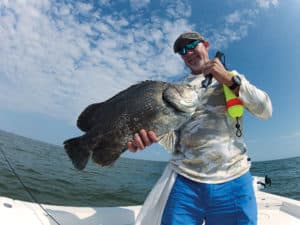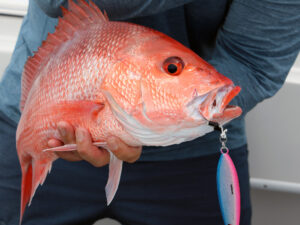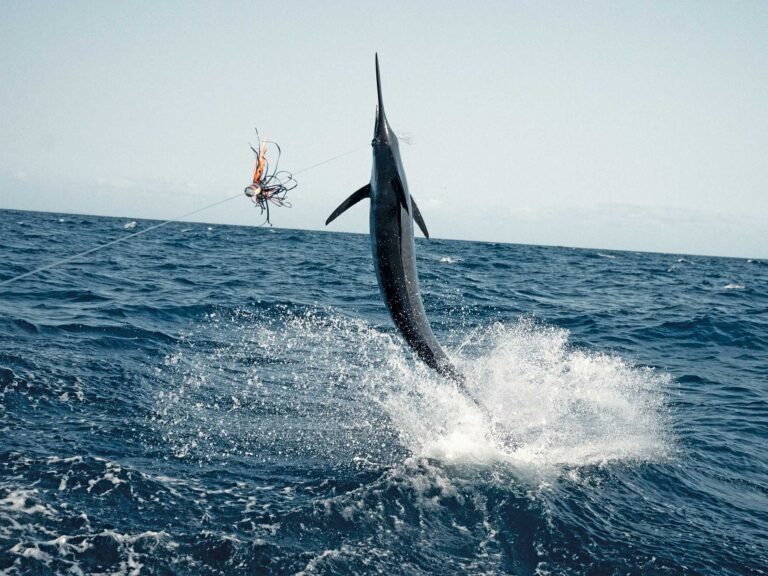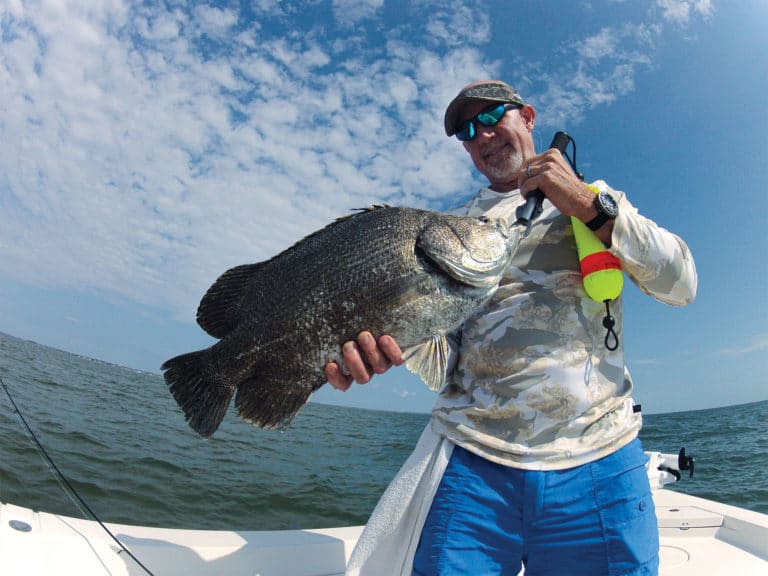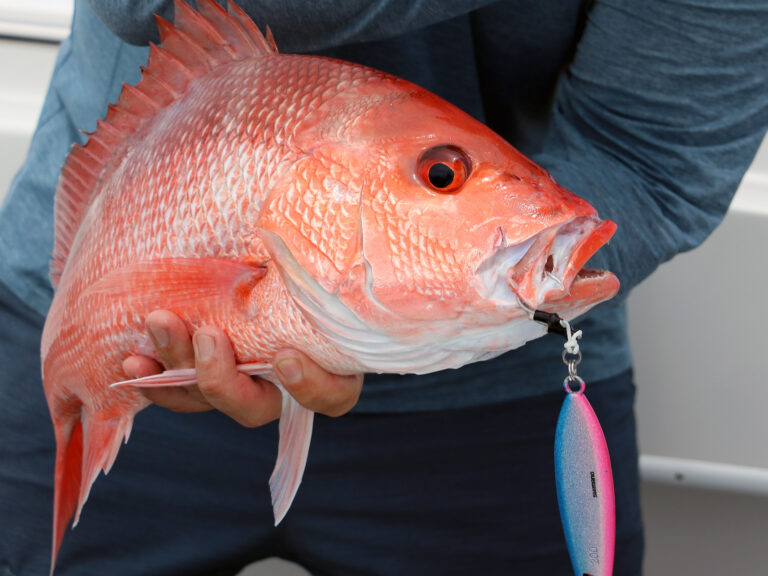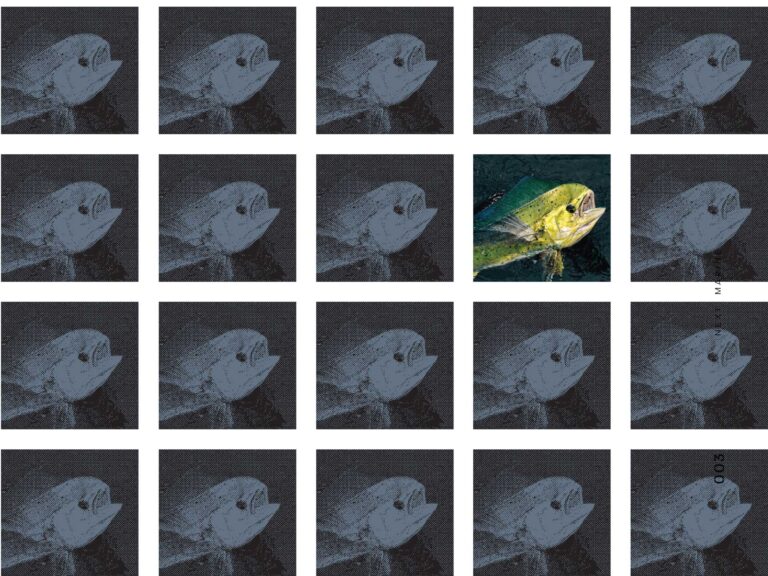
Bonefish can make or break an angler. No matter the money and time you spend to get to Bahamian bonefish waters, it always comes down to that one moment when everything comes together in a fleeting instance of time. Finding fish, predicting weather, judging and delivering the cast, the hook-set—it must all be perfect, or you come up with nothing but a sunburn. Here’s how to align the factors for success and how not to screw it up, according to three top native Bahamian guides.
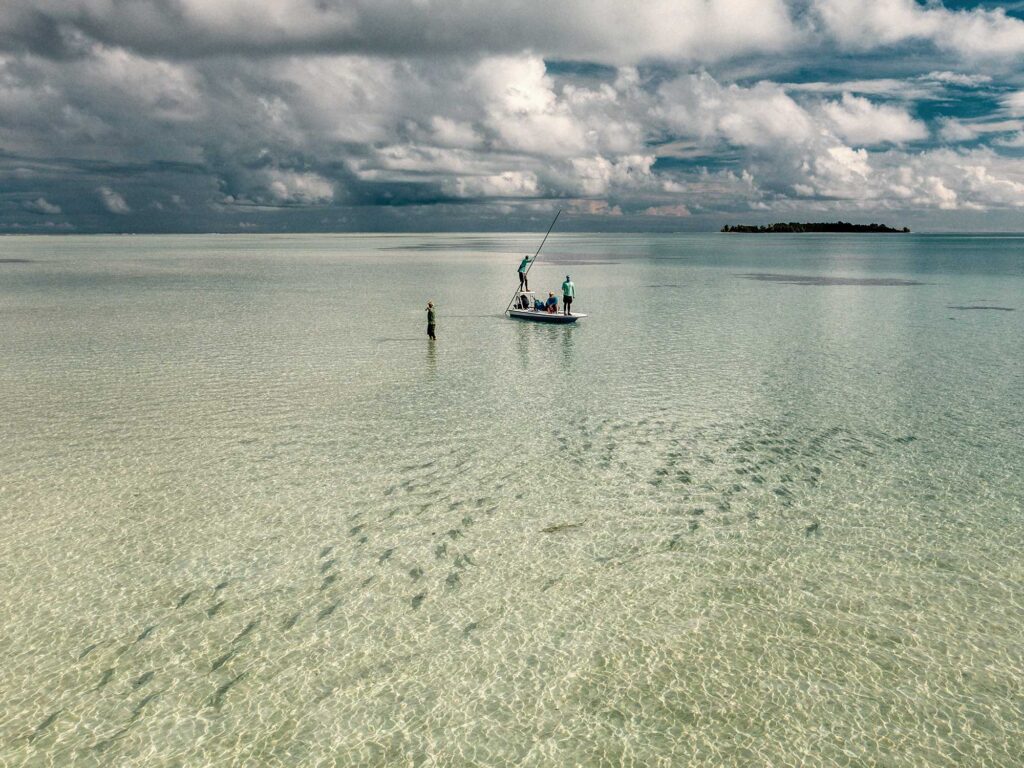
Berry Islands
The Man: Travis Sands; @flats_phantom; 242-431-9734
The Waters: “The Berry Islands are a bigger-fish zone,” declares Capt. Travis Sands. While average bonefish for the rest of the Bahamas are 2 to 3 pounds, Berry Islands’ bones average 5 or 6 pounds. “You get your shot at trophy bonefish in Berry,” Sands says. The surrounding flats around Great Harbor Key offer coarse sandy bottom that’s excellent for wade-fishing.
The Plan: Sands recommends an 8-weight setup with 16-pound tippet on floating line. A #4 Mantis Shrimp pattern in brown or orange is deadly when casting to tailing bones on shallow flats. When larger fish are moving in water deeper than 3 feet, Sands slings a #4 Strong Arm Crab in brown or white.
The Inside Scoop: “Big solitary bonefish, 6 pounds and more, change to deeper water patterns,” Sands advises. “Those fish have seen a lot of human interaction and look for a great escape, positioning in and around deepwater getaways.” Incoming tides also change the tack of where Sands picks his spots. “When setting up to choose a spot, I focus on the mangroves on the high and outgoing water, as bonefish invade the area to feed and for protection. The sharks can’t get back there, plus the ospreys can’t dive on them from above with all the entanglement.” When the water begins spilling out of the mangroves, so do the bonefish.
Sands warns that bigger bones use all their senses, not just eyesight, to feed and avoid capture. He says you’ll “nuke” a fly by handling it or the fly line after applying sunscreen. “They can smell that,” he says. “Be aware of all the scents and what you touch on the boat.”
Sound also plays a huge role when wading the flats. “Remember, you’re hunting fish, and in the animal kingdom it’s fight or flight when a threat is perceived. And bonefish don’t have any teeth, so they choose flight and spook off when scared.”
When wade-fishing, lift your feet off the bottom, instead of dragging them through crunchy sand. “You want to get to a point where you do not hear yourself wading, meaning no splashes of the water, no shuffling your feet,” Sands says.
Eyesight, of course, plays an important role, and in ways you may not think. “Full moons affect the daytime feed, as the bonefish will feed at night under the light of the moon. So during the daytime, they are already fat and full and won’t eat,” Sands explains. Also, pay attention to your clothing color. “Wear neutral colors that mimic the environment and weather of the day,” Sands says. Avoid loud colors.
Browns, blues and greens mimic the mangroves and the sky. Wear gray on cloudy days. “If you stand out, your cover is blown,” Sands says.
A Good Story: “The three biggest bones I ever saw, we wrote them off, thinking they were sharks, then saw the green backs. They were all pushing 14 to 15 pounds. I’m still kicking myself today that I didn’t think they were bonefish sooner,” Sands says.
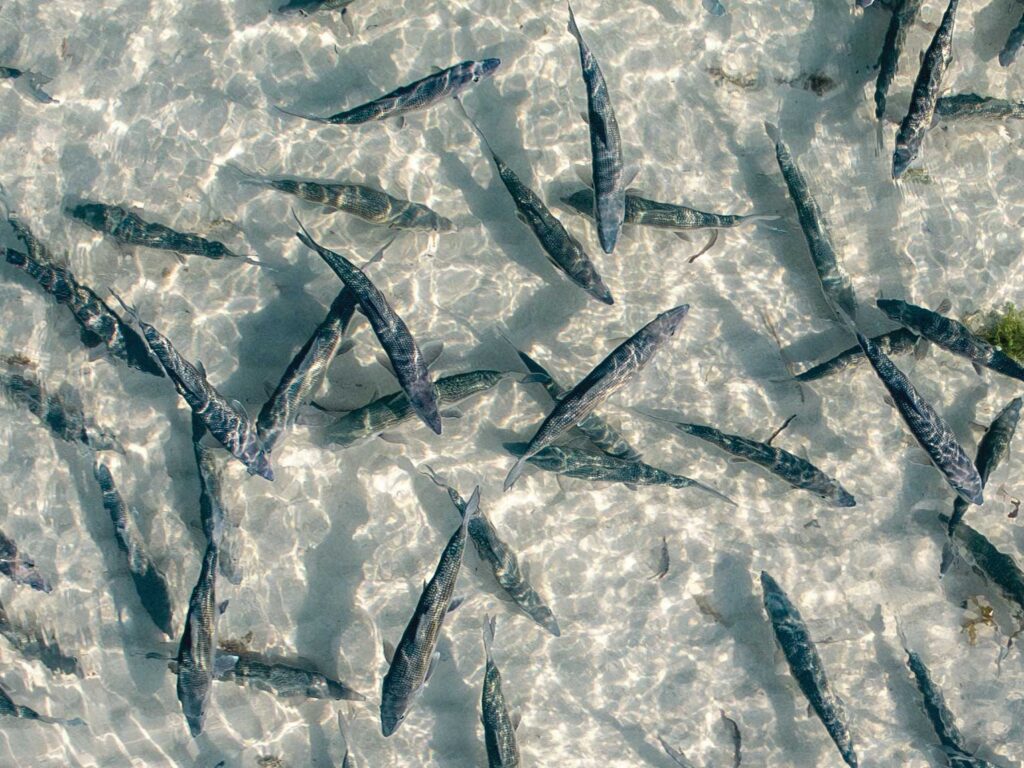
Exuma
The Man: Marvin Bethel; @theflyfishingguide242; 242-802-7496
The Waters: “Exuma flats are wide and long,” says Capt. Marvin Bethel. “I fish the south side of the island: White Bay, Airport Flat, Channel Key, Forest Flat.” On dead low tides, the near-pink fine sands can have an almost wet-paint, sticky quality to them, perfect for crabs and shrimp to burrow in. While February to April is top time in Exuma, bones are caught year-round.
The Plan: Bethel suggests 8- and 9-weights with floating line and a 10-foot section of 10- to 12-pound tippet for the flats. Around mangroves, he amps up to 15-pound leader for abrasive mangrove roots. If fishing the deeper waters of a surging incoming tide, or channels and pools 6 feet and deeper, Bethel switches to a sinking line, but cautions that sinking line hits the water harder and can spook fish. On shallow flats, he uses Gotcha flies in a pink-white crystal flash. Knee-high or deeper, Bethel goes with a #6 or #8 Clouser Minnow in green crystal flash or white-pink. Bigger 8- to 10-pound bones generally hang in singles or doubles and stage in deeper channels.
The Inside Scoop: Bethel is all about patience and silence. “Let fish come on their own time, predict where they are heading, get ahead and intercept the schools,” he offers. “The secret is to be as quiet as possible. You don’t want to be making noise chasin’ after ’em. The real secret is how you walk—be like the big heron birds.” Wade like a heron by lifting your foot out of the water on each step and then pointing your toe to slide it back to the bottom.
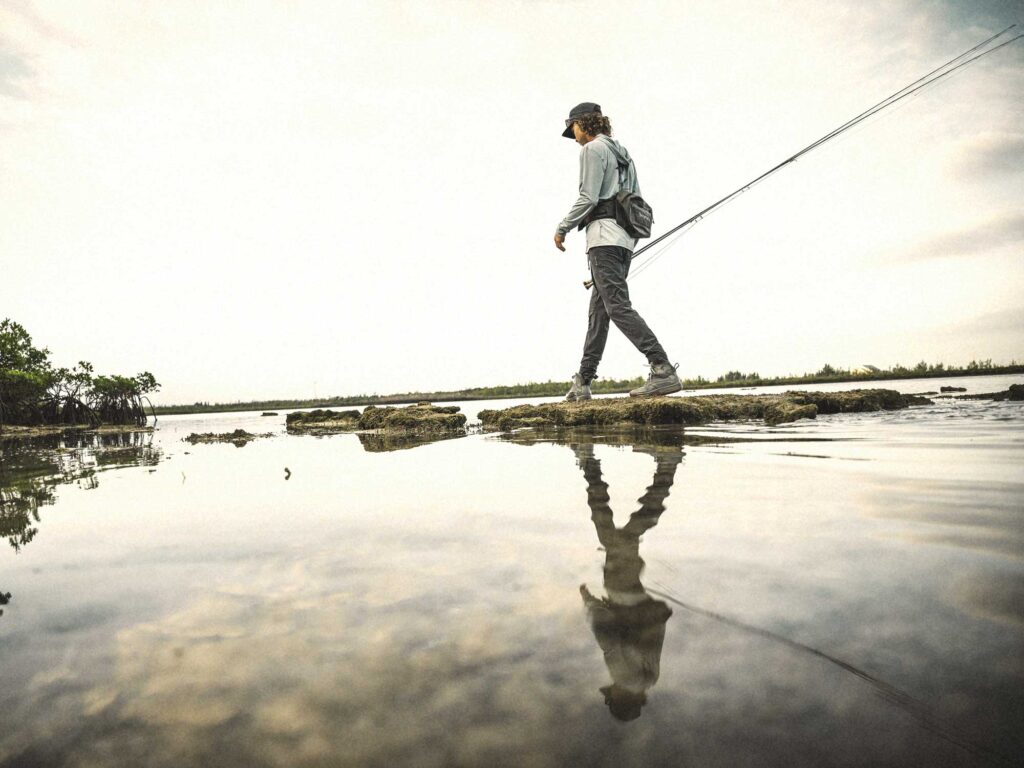
Regarding tides, Bethel advises: “The best time is when the tide is high, then outgoing coming out of the mangroves, or before the tide swells enough for them to enter the mangroves—[when they’re] staging outside of them. Look for potholes [where they’re] digging up shrimp and crabs along the mangrove root lines.”
When you get your shot, wait for the right time to cast. “Don’t overpower a cast. That will spook fish. Lay the cast out smooth,” Bethel says. Small bones will rush to get a fly first. When you see a big one, wait until it’s on the outskirts of the school and place the fly about 2 feet in front of it. Then strip with a 1-2-3, 1-2-3 cadence, and let it fall in front of the fish.
“Read the fish and let it sink if he’s on it; don’t pull it away from him,” Bethel says. The cadence is important. Bethel hammers this home with his anglers all day, until it becomes all they think about.
“When you feel a little tug, make a smooth strip set. Bring the rod tip up slowly and strip it in smooth,” Bethel says. “When he makes his run, play it out using your fingers as the drag, holding the line with only your first finger, not holding too tight or he’ll snap it off. When you hook up, you hear that sweet bonefish music mon. Play that tune of the reel drag.”
A shark or barracuda may take a shot at a big bonefish. “If you hook up with a big one, and a shark is around keying in on him, let the drag free and open the spool to let the fish swim away from the shark,” Bethel says. “Also, when releasing a bonefish, look for sharks and ’cuda. I’ve seen ’cuda and sharks attack the bonefish in an angler’s hands.”
A Good Story: “Sometimes when I’m poling and lay a rod down in the back, the fly falls off into the water,” Bethel says. “Couple times, a bone grab da fly and pull the pole off the boat.”
Read Next: Wading for Bonefish
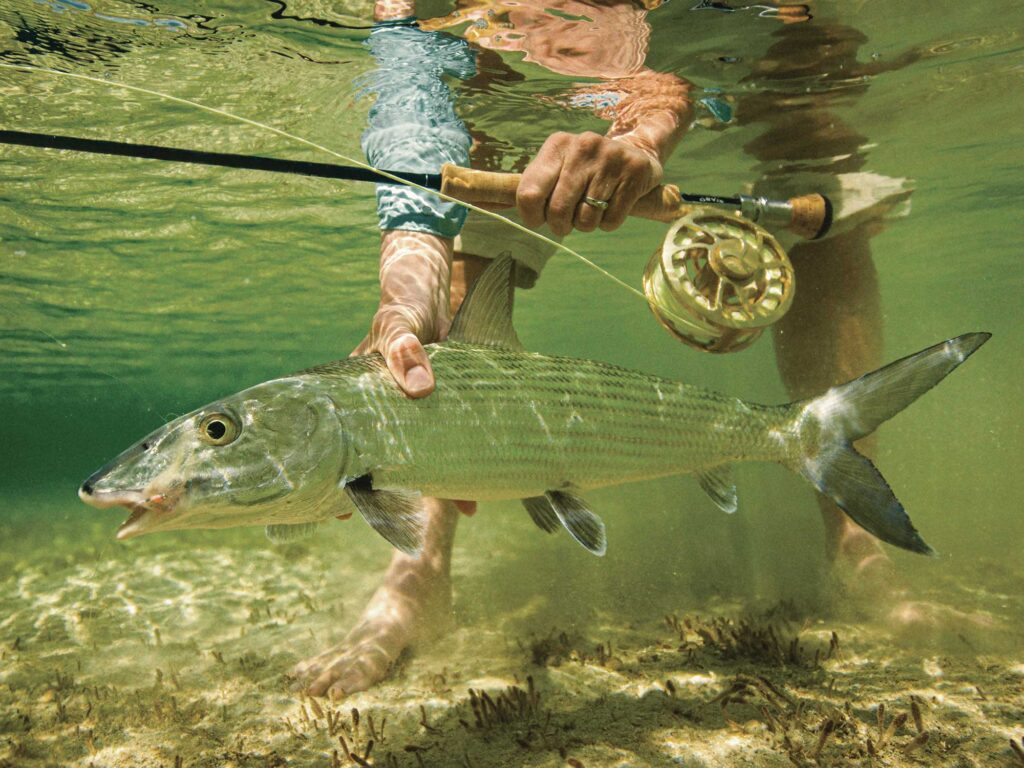
Abaco
The Man: Paul Pinder; 242-475-0442
The Waters: “The Abacos bonefish grounds have both hard sand and sinky marl spots,” says Capt. Paul Pinder. “They span from the southwest of the island in Sandy Point, Cross Harbor, Disney Island and Moore’s Island to the north end from Deepwater Key to Crown Harbor.” But the area is famous for the extensive inner island grounds named “the Marls,” which have gray clay that is sinky and hard to wade, except along the edges.
The Plan: Pinder keeps 8- to 10-weight rods on hand with floating line and 12-pound tippet, but will amp up to 15-pound leader if big bones or permit are around. Go-to flies are #6 to #8 EP Spawning Shrimp in tan with a little touch of orange or the famous Gotcha fly patterns, though nothing super flashy.
The Inside Scoop: “Best times to find bones during the daytime hours are during a half-waxing or half-waning moon, when the sky is nice and sunny,” Pinder says. “Cloudy or overcast days aren’t too good, as they can’t see as well in the water and are spooky.” When their vision is impaired, bonefish think any movement is a shark trying to eat them. “Even when it’s sunny out, if a cloud shadow moves over the water, they spook,” he says.
The holes where bonefish root out shrimp and crabs are obvious signs to look for, but other indications spark Pinder’s attention. “I look for spots with a muddy, cloudy haze in the water,” he says. “That means they have been recently feeding in that spot. Depending on how thick the haze is and how strong the tide is running, I can guess how long ago they moved on and where they went.”
A Good Story: Pinder says he had a client hook a monster bonefish that pulled line off the reel deep into the backing. When he started retrieving line, the backing snapped.
“Whenever you are done on a bonefishing trip, always strip the backing off the reel and let it dry before you reel it back on,” Pinder says. “Wet spots deep inside the reel will rot a spot in the backing out, and you’ll drop a big fish.”
Getting There
Makers Air; makersair.com
Where to Stay
Exumas
Hideaways Palm Bay, Exumas; info@hideawayspalmbay.com; hideawayspalmbay.com; 242-336-2787
Staniel Cay
Embrace Resort; info@embraceresort.com; embraceresort.com; 242-524-7447
Abacos
Abaco Lodge; abacolodge.com; 800-530-6928
Andros
Andros South Lodge; androssouthlodge.com; 800-344-3628



